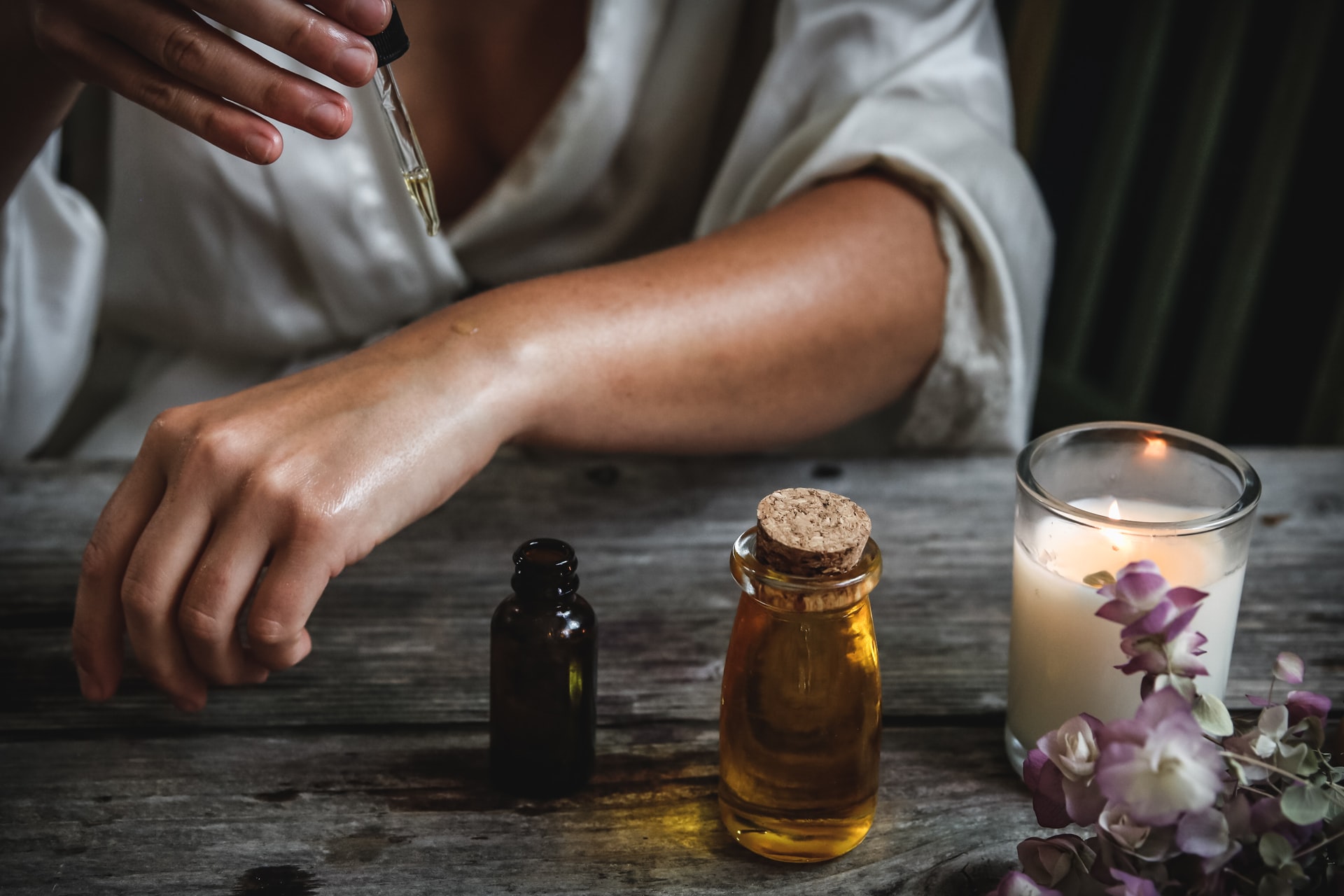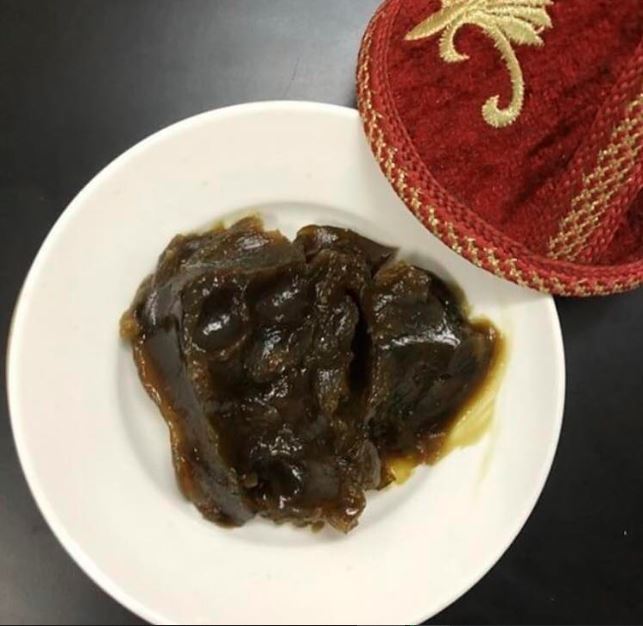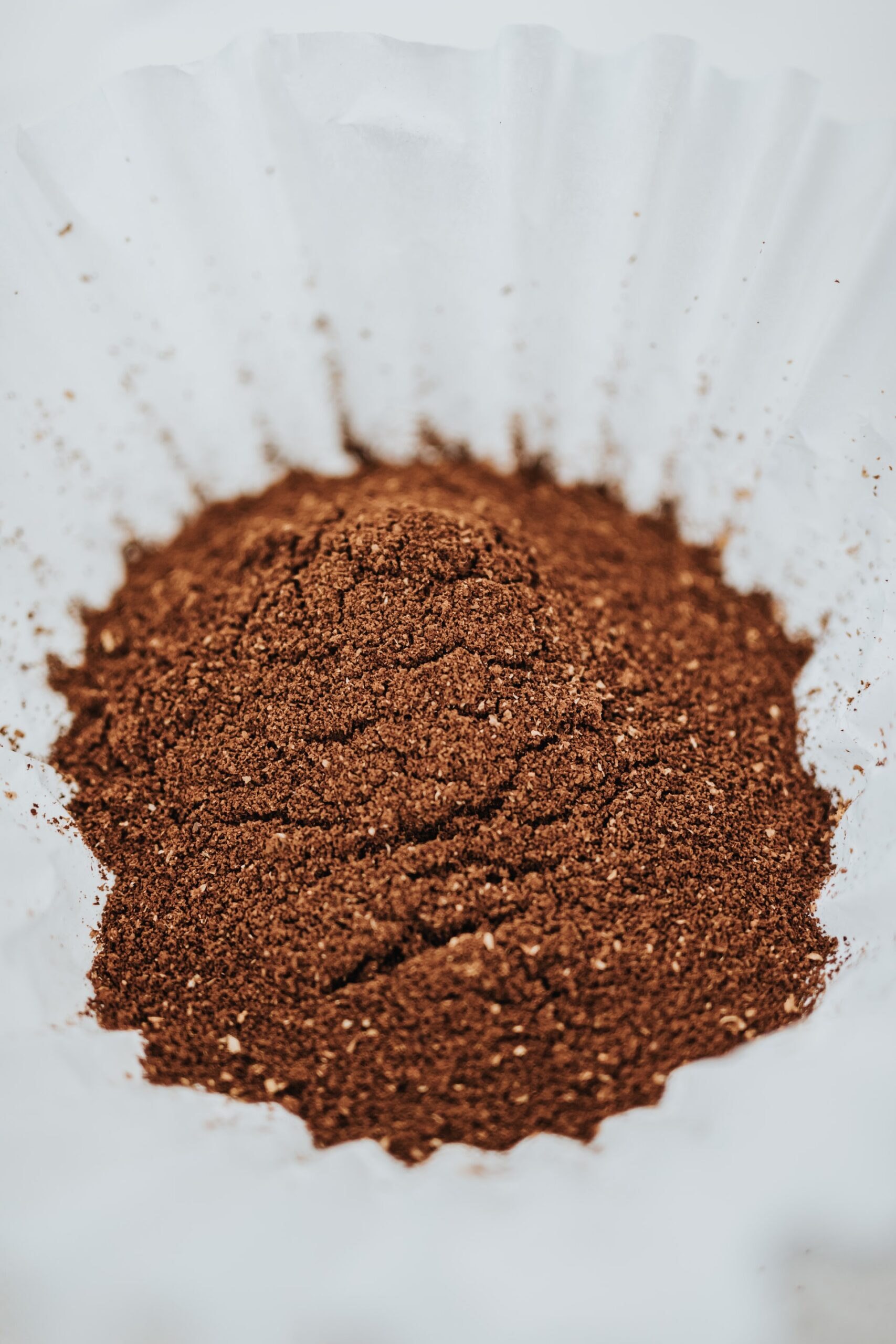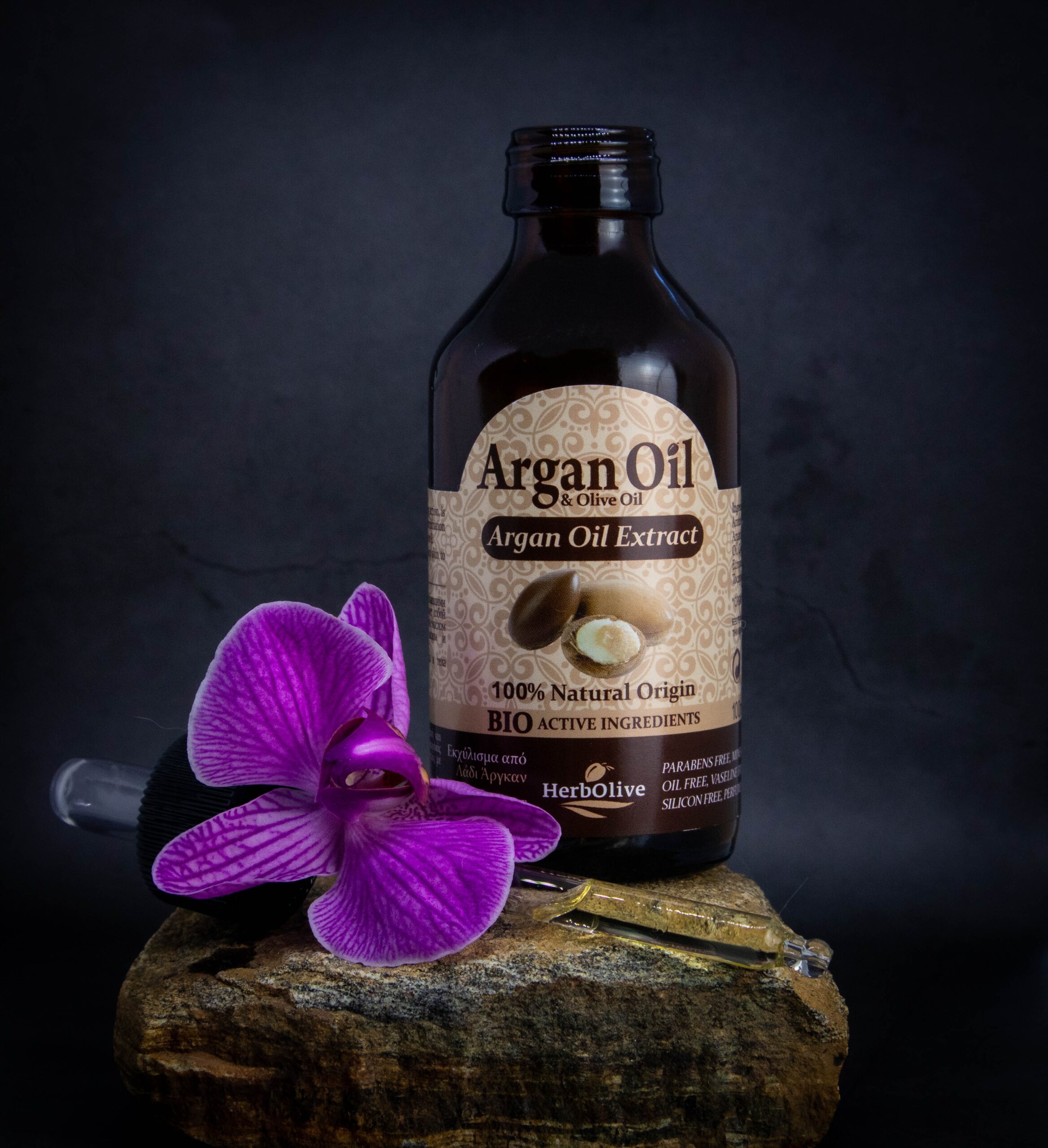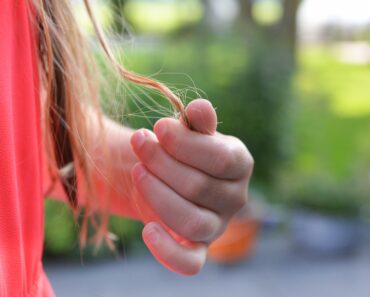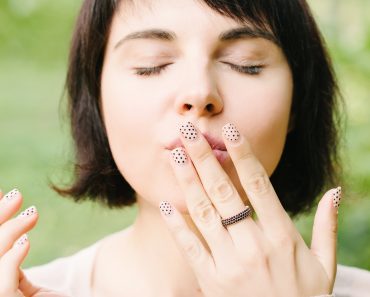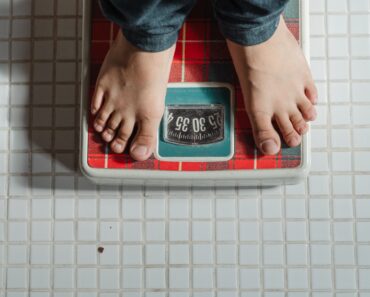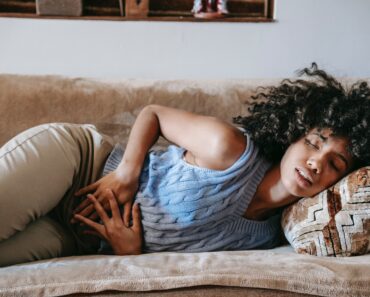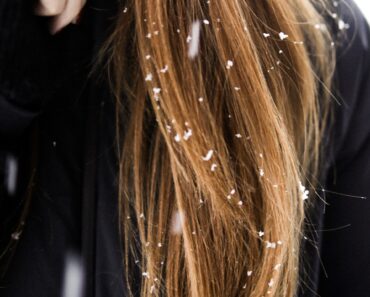Benefits of Moroccan Bath (Hammam)
Moroccan Hammam
The Moroccan bath is a historical bath, which originated during the Roman Empire, and has become a custom and tradition in Morocco, and is very similar to the spas of the present time, a vital part of the lifestyle of Moroccans, as Moroccans frequent it weekly, to enjoy its health and aesthetic advantages, in addition to its social importance centered around women’s meetings, pre-wedding bride processing, and the bathroom works [benefits such as saunas, separated into two or three sections of hot steam levels] Start cleaning your body with warm water, then massage, clean and exfoliate; to detoxify the skin, feel refreshed, relax, and get soft skin as children’s skin.
The benefits of Moroccan baths for Moroccan baths have many benefits for health and skin, including body cleaning.
Aromatherapy
Detoxification of the skin.
Increase circulation.
Softening and purifying the skin.
Stimulating the immune system.
Relax and relieve stress.
Relax tired muscles.
Remove the layer of dead skin cells.
Dilution of cellulite.
Moroccan aesthetic ingredients
There are many basic aesthetic ingredients used in Moroccan baths by Moroccan women, most notably
Moroccan soap:
Black Moroccan soap is a traditional ritual in the Moroccan bath that is indispensable, and is one of the most important aesthetic components in Morocco, and has benefits in the treatment of some skin diseases, which is antimicrobial, removes toxins and dead skin from the skin, moisturizes it, cleans it deeply, reduces the signs of aging in it, and consists of mashed black olives, olive oil, and water-soluble potash salt, to form a buttery paste, and Moroccan soap is characterized by its contents Rich in vitamin E.
Moroccan clay:
Moroccan clay is one of the most popular aesthetic components of Moroccans, an ancient organic deposit, deep in the Atlantic Mountains, specifically in the northeastern regions of Morocco, used as a mask for skin and hair, and acts as a cleanser, detoxifier, and moisturizer, due to its high content of silica, magnesium, potassium, calcium, and can be mixed with rose water, or orange blossom water, for the required texture, because it usually comes in the form of powder, or small bricks.
Moroccan glove fiber:
The Moroccan fiber is called a glove bag, designed for use in traditional Moroccan baths, a solid texture, used to exfoliate the skin, after covering the body with Moroccan soap, and is not recommended for use on facial skin.
Argan oil:
Argan oil is produced from the Argan tree (Arcana Spinosa), grown exclusively in Morocco, in the central-south region called the Sousse Valley, separated by the desert from the Atlantic Ocean and used as a local ointment, for its many benefits, including:
Treats dry skin.
Treats acne.
Treats psoriasis.
Treats joint pain.
Treats skin infections.
Treats eczema.
Treats wrinkles.
Treats hair loss and dryness and bombards its limbs.
Antidepressant.
Strong moisturizer for the skin.
Fades stretch marks

